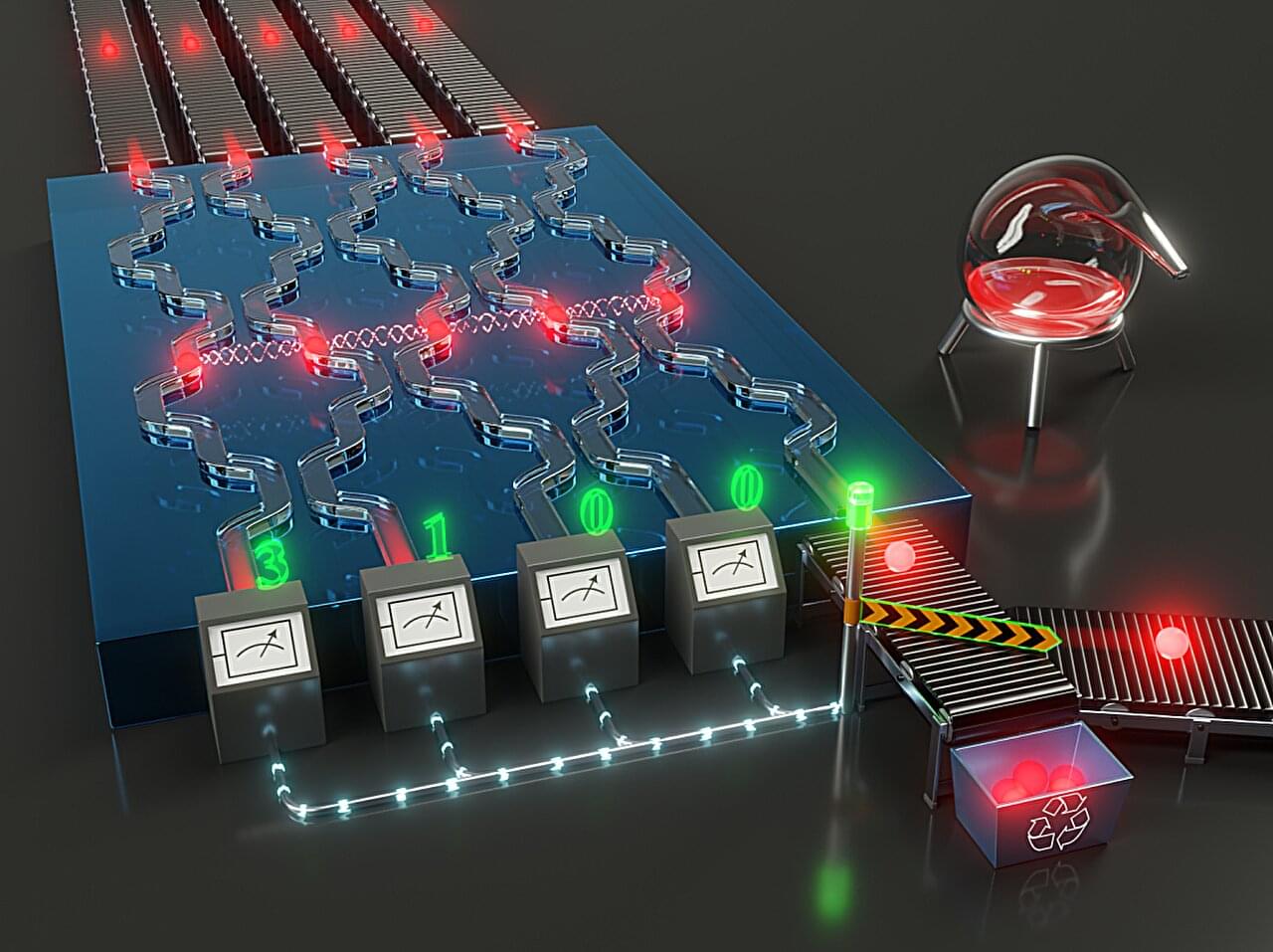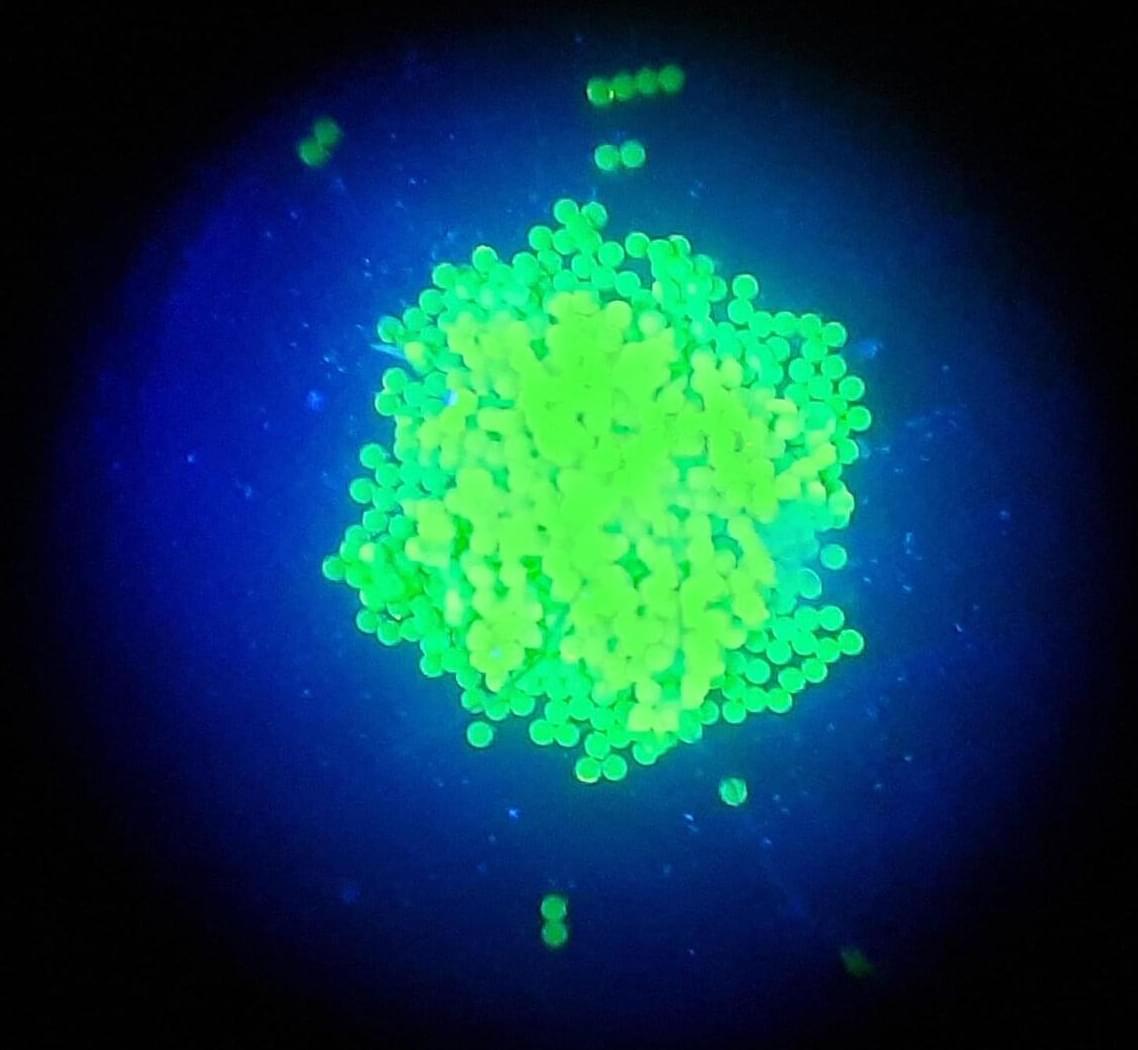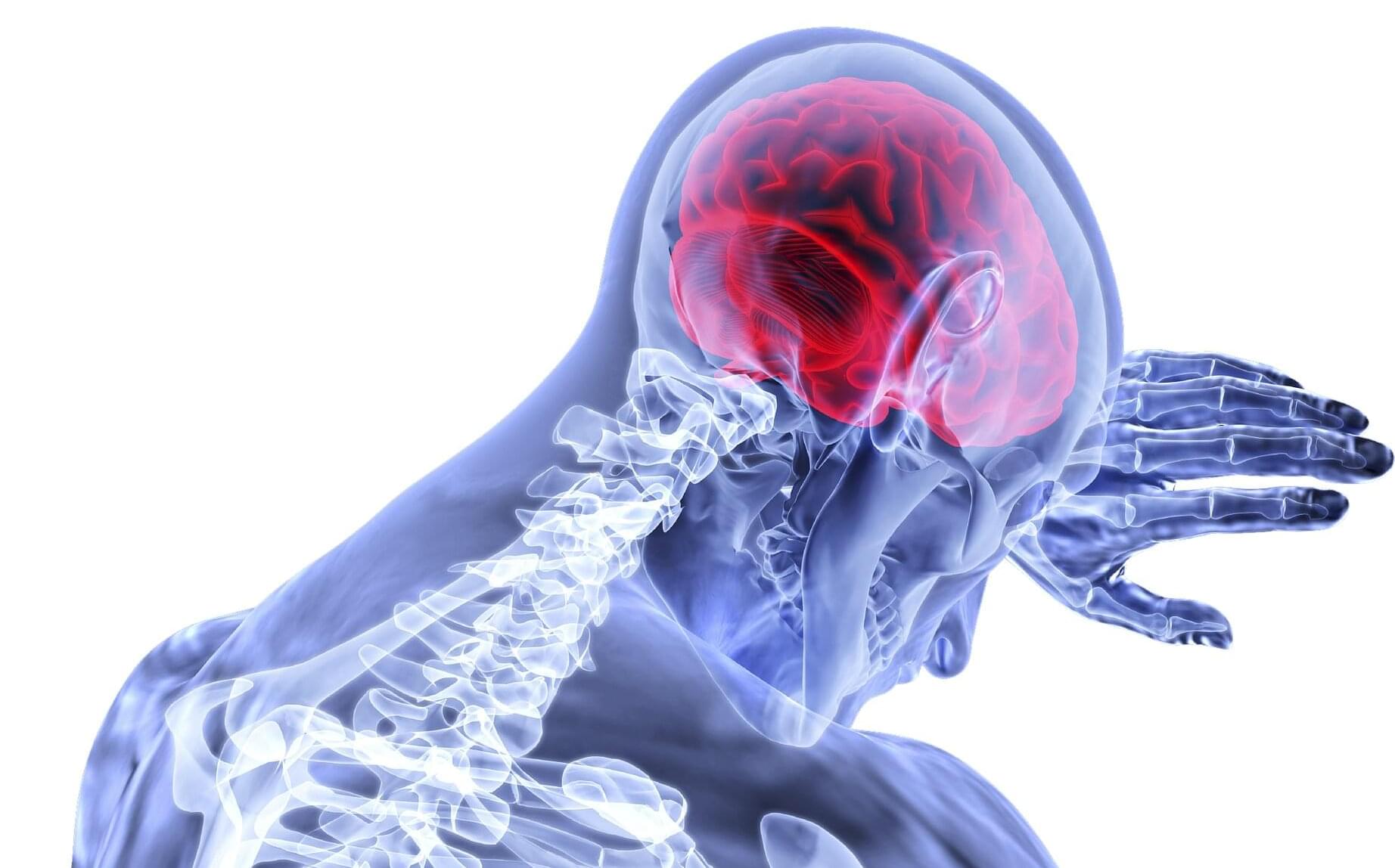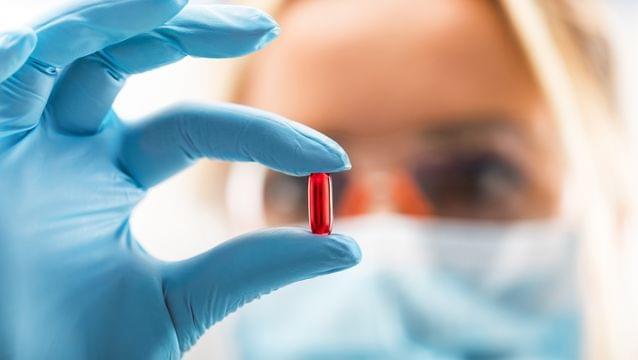Yale scientists have developed a CRISPR technology that can assess genetic interactions on a host of immunological responses to multiple diseases, including cancer.



To understand complex objects, humans are known to mentally transform them and represent them as a combination of simpler elements. This ability, known as compositionality, was so far assumed to require fluency in language, thus emerging in childhood after humans have learned to speak and understand others.
Researchers at Aix-Marseille University-CNRS and PSL University École des Hautes Études en Sciences Sociales-CNRS recently explored the possibility that compositionality is based on simple processes and might therefore already be present in infants. Their paper, published in Communications Psychology, provides evidence that infants as young as 1-year-old already possess basic compositional abilities.
“We are generally interested in understanding what is in place before language takes off in an infant’s mind,” Isabelle Dautriche, first author of the paper, told Medical Xpress. “One of the central properties of language is compositionality, which is a long word that simply means the capacity to put words together to understand sentences.

The gene encoding an enzyme from a firefly, discovered at the Sorocaba campus of the Federal University of São Carlos (UFSCar) in Brazil, has given rise to a biosensor capable of detecting pH changes in mammalian cells—which could be useful, for example, in studying diseases and assessing the toxicity of a drug candidate.
The luciferase from the species Amydetes vivianii changes color from bluish-green to yellow and red as acidity decreases in fibroblasts, the most common cell type in connective tissue. It does so with great intensity and stability, something that had not been achieved with other luciferases tested by the research group.
The work is published in the journal Biosensors.

Scientists at Oak Ridge National Laboratory have developed the first-ever method of detecting ribonucleic acid, or RNA, inside plant cells using a technique that results in a visible fluorescent signal. The technology can help researchers detect and track changes in RNA and gene expression in real time, providing a powerful tool for the development of hardier bioenergy and food crops and for the detection of unwanted plant modifications, pathogens and pests.
RNA is a signaling molecule inside cells that is used to read the deoxyribonucleic, or DNA, code and convert it into functional parts such as proteins that are essential for plant growth and stress response. The ORNL-developed biosensor continuously monitors RNA levels in live plants, replacing a traditional destructive, time-consuming method used by scientists for collecting, processing and analyzing tissue.
“With this biosensor, scientists gain real-time insights into how cells reprogram themselves at a molecular level under changing environmental conditions such as drought or disease,” said Xiaohan Yang, lead for the project at ORNL. The approach streamlines traditional methods used to verify gene expression in modified plants and can better detect plant physiology related to disease or nutrient stress, accelerating the development of better crops.

An invention from Twente improves the quality of light particles (photons) to such an extent that building quantum computers based on light becomes cheaper and more practical. The researchers published their research in the journal Physical Review Applied.
Quantum computers are at a tipping point: tech giants and governments are investing billions, but there are two fundamental obstacles: the quantity of qubits and the quality of these qubits. UT researchers have invented a component for a photonic quantum computer that exchanges quantity for quality, and have shown that this exchange yields more computing power.
“Our discovery brings a future with powerful quantum computers a lot closer. That means improved medicines, new materials and safer communications. But also applications that we cannot yet imagine today,” says lead researcher Jelmer Renema. “This technology is an essential part of any future photonic quantum computer.”


Cervical artery dissection is a tear in an artery in the neck that provides blood flow to the brain. Such a tear can result in blood clots that cause stroke. A new study has found almost a five-fold increase in the number of U.S. hospitalizations for cervical artery dissection over a 15-year period.
The study is published online in Neurology.
A dissection of the artery wall is most often caused by trauma due to motor vehicle accidents but can also occur with smaller injuries. Heavy lifting has also been shown to cause dissection in some people.


Parkinson’s doesn’t just affect movement and the brain—it may also impact the heart, according to new research from the University of Surrey. Scientists from Surrey’s School of Veterinary Medicine suggest that targeting a key protein outside of the brain could help manage Parkinson’s-related heart issues.
In a study published in Experimental Physiology, Surrey researchers studied mouse models and found a harmful buildup of the alpha-synuclein protein, which is associated with Parkinson’s disease, in a nerve cluster near the heart (the stellate ganglia). These nerves are part of the autonomic nervous system, which controls heart rate and rhythm.
Researchers found that 27% of neurons in the nerve cluster contained aggregated alpha-synuclein, forming similar toxic clumps seen in the brains of Parkinson’s patients. This finding suggests that Parkinson’s could disrupt heart function, not just movement and brain activity.
